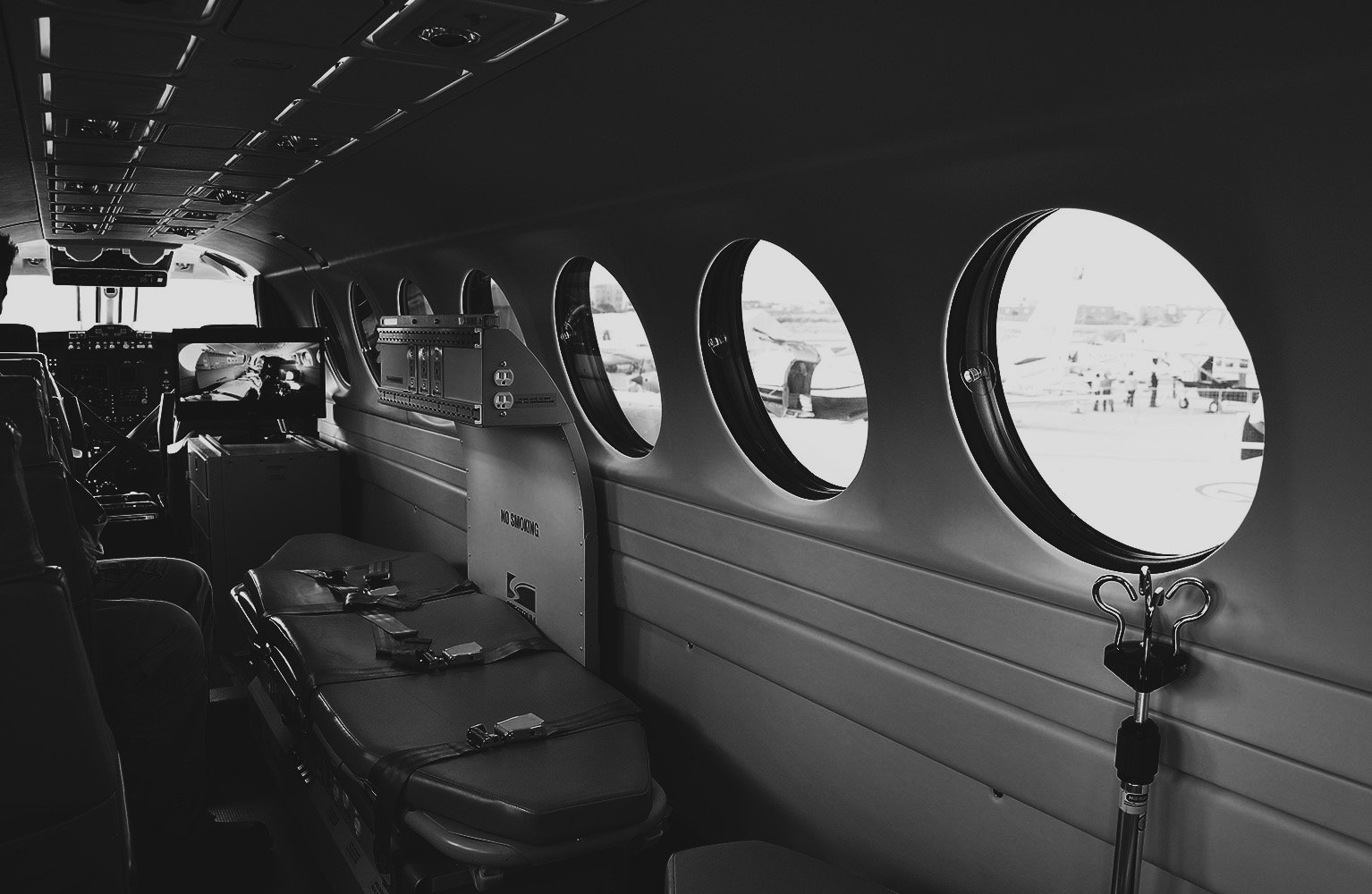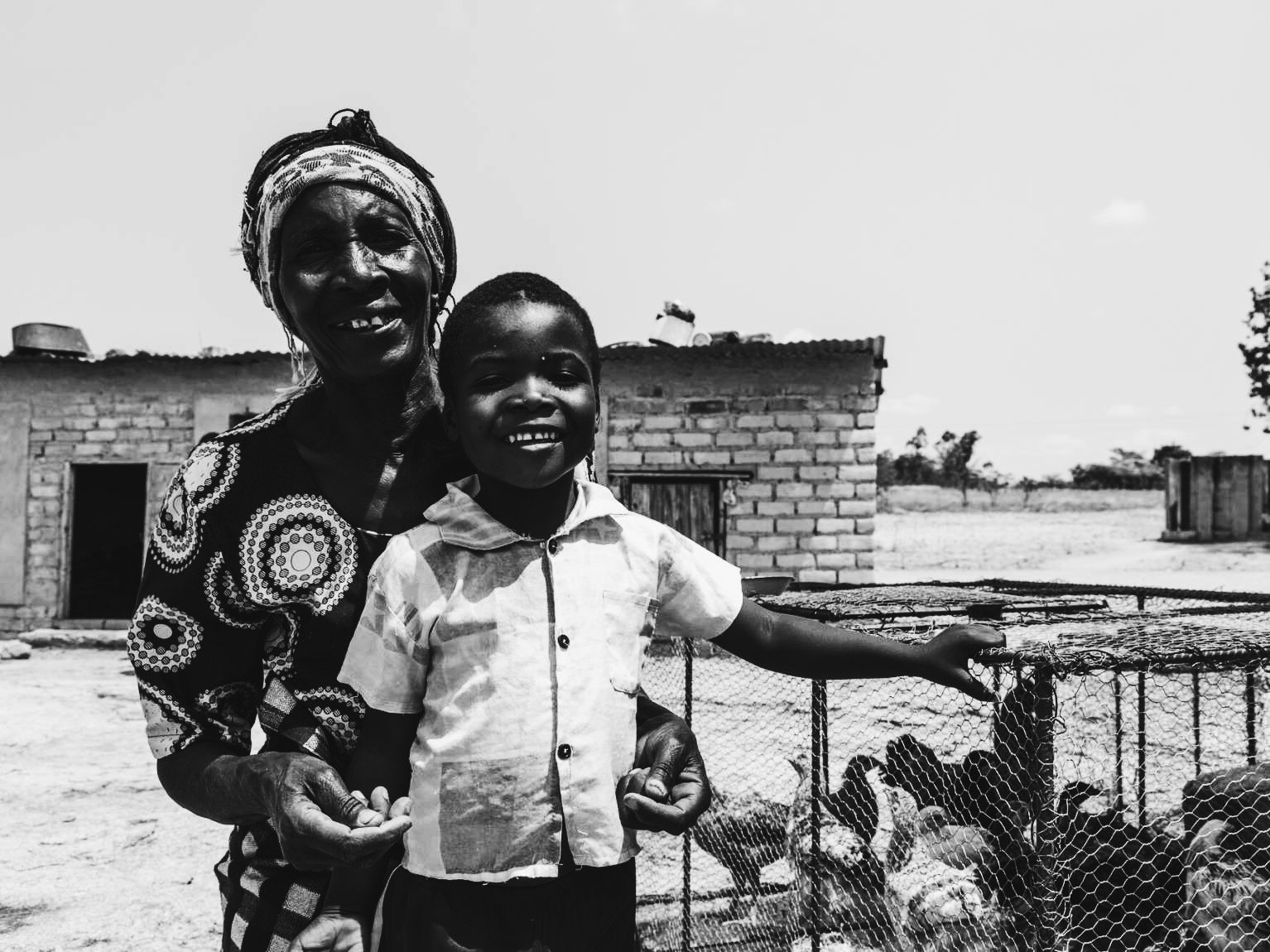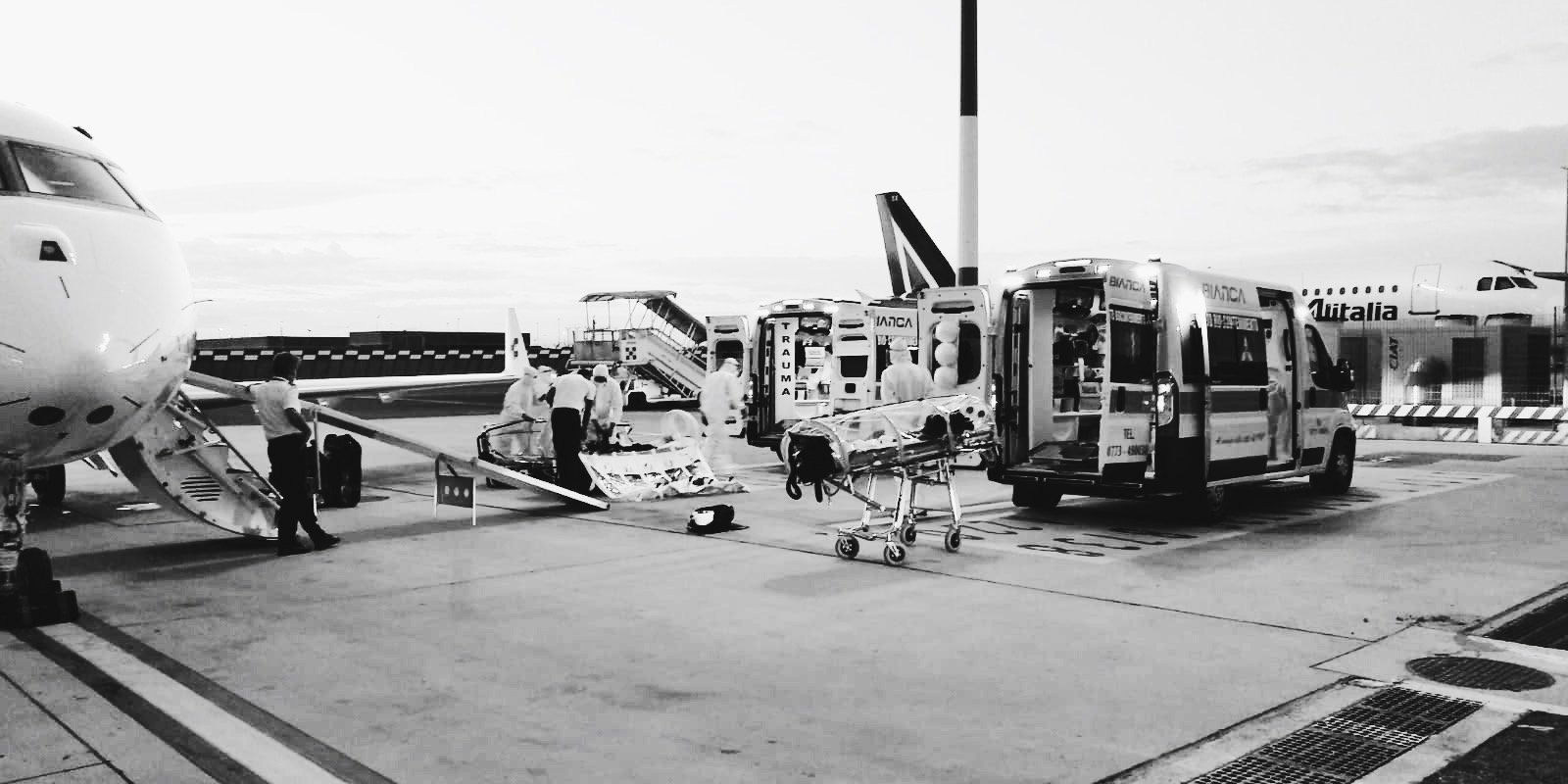
Industry Talks with Specialist Rescue Group:
The Tham Luang Cave Rescue, Thailand (2018).
Posted June 2023 | 10-Minute Read
The Tham Luang Cave Rescue, Thailand (2018): Written by Mr G. Ormesher | Posted June 2023 | SRG Industry Talks |10-Minute Read
Mr. Ormesher is an industry expert when it comes to international crisis & disaster response. Holding a degree in Crisis & Disaster Management, as well as having previously worked in both global and emergency operations for insurance companies and government bodies alike, Ormesher has a vast experience in both public and private sector responses when crises & disasters strike. Having specific expertise and experience in interoperability during a crisis, high-risk international medical evacuations, kidnap and ransom, global threat intelligence, and specialist rescue operations, Ormesher explores the industry response to a challenging extraction that captured the world’s attention.
Publishing the article, Ormesher said: “I would like to extend our thanks to the authorities of Chiang Rai Province in Thailand and the Tham Luang Khun Nam Nang Non National Park officials for hosting the team during our two-day site visit: understanding some of the complex geographical challenges and speaking directly with the local authorities involved proved incredibly valuable.”
Want to see more articles like this? Get invovled by emailing us at press@specialistrescuegroup.com 
AN EXTRAORDINARY RESCUE MISSION THAT THE WORLD WATCH UNFOLD LIVE.
Background to the Rescue
The Thai cave rescue, also known as the Tham Luang cave rescue, took place between June and July 2018 in the Tham Luang Nang Non cave complex in Chiang Rai Province, Thailand. The incident involved the dramatic rescue of 12 young football players, aged between 11 and 16, and their 25-year-old coach who became trapped in the cave due to flooding.
On June 23, 2018, the “Wild Boars” youth soccer team and their coach entered the cave after a practice session. However, heavy rainfall caused rising water levels, flooding the cave's passages and blocking their exit. When the team didn't return home, a massive search and rescue operation was launched involving Thai authorities, and later international rescue teams, and thousands of volunteers.
Over the following days, rescuers faced numerous obstacles, including treacherous conditions inside the cave and the need to navigate through narrow passages and flooded areas. The Thai government sought assistance from international experts in cave diving and rescue operations. After several days of searching, the missing group was discovered by two British cave divers on July 2, about 4 kilometers (2.5 miles) from the cave entrance. However, getting them out safely proved to be a daunting task. The young boys, many of whom couldn't swim, had to traverse a challenging underwater passage. To execute the rescue, a plan was devised to guide the boys and their coach through the flooded sections of the cave using a combination of walking, wading, and diving. A team of skilled cave divers, including Thai Navy SEALs and international experts, accompanied each child during the treacherous journey. The rescue operation lasted several days, with divers gradually guiding the boys and their coach out of the cave in small groups. The operation required meticulous planning, careful consideration of each child's physical and mental well-being, and the coordination of a large team of rescuers.
The final four boys and their coach were successfully rescued on July 10, 2018, bringing an end to the remarkable rescue mission that captivated the world's attention. The Thai cave rescue demonstrated the bravery, determination, and international collaboration of the rescuers involved. It also highlighted the risks and challenges associated with cave exploration and the need for caution during adverse weather conditions.
The Mission: A Specialist Rescue
Activation of Specialist Rescue Capabilities & Resources
When the soccer team and their coach were reported missing, there was a delay in recognizing the seriousness of the situation and initiating a search and rescue operation. It took several hours before authorities were alerted, and a full-scale search was launched.
In the beginning stages, the Thai government initially relied on local resources and expertise to conduct the search and rescue operation. However, as the complexity of the situation became evident, international assistance was sought. There was a delay in reaching out to international experts in cave diving and rescue operations, potentially due to the time it took to assess the requirements and mobilize the necessary resources.
The Tham Luang cave complex presented significant challenges due to its remote location, difficult terrain, and flooded passages. These factors impeded the rapid deployment of specialist resources and equipment, such as specialized diving gear, high-powered pumps, and communication systems. The procurement and transportation of these resources to the site took time, contributing to delays in fully activating the necessary capabilities.
Further, the rescue efforts were affected by adverse weather conditions, particularly the monsoon rains. The rains posed a significant threat of further flooding and complicated the rescue operation. The weather conditions necessitated careful assessment and planning to determine the safest and most effective times to conduct the rescue, resulting in more delays in executing certain phases of the operation.
Despite these delays, it is important to acknowledge that the Thai authorities and the international rescue teams worked tirelessly to overcome the challenges they faced. Once the specialist capabilities and resources were activated, the operation progressed with significant determination.
Locating The Boys in the Cave: Like a Needle in a Haystack
After the soccer team and their coach went missing, extensive search efforts were initiated both inside and outside the cave complex. The search involved local authorities, volunteers, and international experts, including cave divers, who explored various parts of the cave system and surrounding areas. On July 2, 2018, nine days after the boys went missing, two experienced British cave divers named Rick Stanton and John Volanthen made a breakthrough after days of searching the various flooded tunnels.
After finding the boys and their coach, Stanton and Volanthen first verified their identities and assessed their physical condition. The divers then communicated the discovery back to the rescue command centre, relaying the crucial information that the boys and their coach were alive and located deep within the cave. The discovery of the boys and their coach by the British cave divers marked a major turning point in the rescue operation. It provided a renewed sense of hope and spurred the rescue teams to intensify their efforts to devise a safe and successful extraction plan.
Extraction Options: Stay & Play versus Load & Go
Once the boys were located, efforts were made to assess their physical and mental conditions, as well as provide basic water and nutrition. Medical professionals and cave diving experts evaluated the feasibility of a rescue operation and formulated plans for their extraction from the cave. Several extraction options were considered and evaluated to safely bring the trapped boys and their coach out of the cave, including pumping and draining out of the cave to lower the water levels and create safe paths for the boys to walk out of the cave. Pumps were used to divert water and drain the flooded sections. However, the heavy rainfall and the large volume of water made this option challenging and time-consuming.
As monsoon rains continued, there was an option to wait for the water levels inside the cave to naturally recede. This approach would have required the team to wait for weeks or even months until the rainy season ended. However, concerns over dwindling oxygen levels and the boys' health and mental well-being made this option less feasible.
Before deciding to extract the boys via a sedated assisted dive, a vertical shaft extraction was also considered by drilling or constructing a vertical shaft from the surface down to the chamber where the boys were located. However, this option was ruled out due to the challenging geological conditions and the time it would take to complete the construction.
Anaesthesia + Diving = A Dangerous Combination, Genius, or Both?
The British cave divers who discovered the boys realised that additional assistance would be required from specialist cave diving experts if there was any chance of a successful rescue. This included knowledge, skills and experience in anaesthesiology for sedation purposes, which was a crucial element of the extraction plan. It was decided to administer ketamine, an anaesthetic agent with dissociative and analgesic properties, alongside a further sedative and a medication to reduce salivation (a side effect of ketamine), to the boys to keep them calm during the challenging and potentially frightening journey through the flooded sections of the cave. Sedating the boys helped reduce anxiety and minimize panic, reducing oxygen consumption, and making it easier for the boys to cooperate with the divers and follow instructions.
Anaesthesia and diving pose unique risks when combined. The effects of anaesthesia can include changes in heart rate, blood pressure, and respiration, which can be further affected by the physiological stress of diving. These factors can increase the risk of complications such as cardiovascular instability, pulmonary barotrauma (lung overexpansion injury due to pressure changes), and compromised airway control. Prior to administering anaesthesia, the boys underwent thorough medical assessments to evaluate their fitness for sedation and diving. Medical professionals assessed their vital signs, respiratory function, and any pre-existing medical conditions that could increase the risks associated with anaesthesia and diving.
Throughout the underwater journey, the boys' vital signs, including heart rate and oxygen saturation levels, were closely monitored by the accompanying divers. This allowed for immediate detection of any changes or signs of distress, enabling prompt action if complications were to occur. The divers were prepared to respond to emergencies and had contingency plans in place to handle any adverse events.
Leadership, Coordination, Command & Control
The rescue mission presented significant leadership and coordination challenges due to the complex and perilous nature of the operation. Below, we focus on some of the key pressures.
International Interoperability: Strategic, Tactical & Operational Challenges
Effective leadership and interoperability strategy played a crucial role in bringing together various stakeholders involved in the operation. While the rescue operation showcased successful collaboration, there were some notable challenges that leaders had to overcome. Here are a few specific challenges related to leadership interoperability during the rescue:
Decision-making & Primacy
The rescue involved leaders from multiple organizations, each with its own hierarchical structures and decision-making processes. Coordinating decision-making and establishing a clear chain of command can be complex when leaders from different organizations are involved. Ensuring a balance between local authorities' jurisdiction and international expertise was crucial for effective decision-making during the rescue operation. The importance of listening to and accepting civilian specialist advice was highlighted – in this case, it was the civilian cave diving community that provided the expertise.
Trust & Relationship Building Between Leaders
Effective leadership depends on building trust and strong relationships among leaders. In the early stages of the rescue, when the international experts arrived, establishing trust and credibility between local and international leaders was essential, but was complicated by cultural differences and language barriers. Building trust required effective communication, transparency, and collaboration, which can all be challenging in high-pressure situations with limited time for relationship development.
Resource Allocation & Coordination
The rescue operation required careful allocation and coordination of resources, including personnel, equipment, and logistical support. Different organizations and countries brought their own resources to the operation and ensuring efficient use and coordination of these resources proved challenging. Managing resource disparities and optimizing their utilization while avoiding duplication or inefficiencies was a key challenge for the mission’s leadership.
Time Pressures
The rescue team had to work against the clock due to the imminent threat of monsoon rains, which could have further flooded the cave and made the rescue even more difficult. As the operation progressed, rescuers faced physical and mental exhaustion due to the demanding and high-stress conditions. The urgency of the situation demanded efficient decision-making and swift action.
Limited Access & Communication
The cave's remote location and difficult terrain made it challenging for rescuers to establish effective communication and logistics. The cave complex was located in a remote and difficult-to-reach area in Northern Thailand, surrounded by dense jungle and rugged terrain - making it challenging for rescue teams to transport equipment, supplies, and personnel to the location. The lack of reliable communication channels hindered coordination efforts: the area had limited or no cellular coverage, and setting up temporary communication systems proved difficult, making it harder to relay information, coordinate rescue strategies, and provide real-time updates.
Safety & Risk Management
The rescue operation was inherently dangerous, with unpredictable conditions and the potential for accidents or further flooding. Balancing the need to rescue the trapped individuals with the safety of the rescuers posed a significant challenge. Leaders had to make tough decisions regarding risk management and ensure the safety of everyone involved. During the rescue, Saman Kunan, a former Thai Navy SEAL, died on July 6, 2018, while delivering air tanks to the trapped boys and their coach. He ran out of oxygen on his way back through a submerged section of the cave. His death highlighted the dangers and risks involved in the complex rescue operation. Saman Kunan's sacrifice was widely recognized and honoured for his bravery and dedication to the mission.
Lessons for the Future
Only a few incidents bring the display of strong leadership, strategic coordination and innovation on a truly global stage as the Thai cave rescue. The rescue is a model of remarkable regional and international cooperation and whilst there will always be elements of unpredictability and risk, the operation provides key takeaways to support and optimise the industry’s emergency planning and response capabilities and efforts. Some of the key lessons learned from the rescue include the importance of international-interagency collaboration, a need for specialized training and expertise, as well as preparedness for unexpected scenarios. The rescue operation emphasized the need for thorough risk assessment and the development of safety protocols. Understanding the potential risks, evaluating their likelihood and impact, and implementing appropriate safety measures are essential to protect the lives of both rescuers and those being rescued.
The delays encountered during the early stages of the rescue served as valuable lessons for future emergency response planning and coordination: given the complexity of the extraction operation, additional legal protections and indemnities were sought to ensure that the specialists involved in the sedation and extraction of the team had the full support and protection from appropriate authorities.
Overall, continued investment in maintaining and strengthening international-inter-agency rescue capabilities will further strengthen the next international response, ensuring higher probabilities of successful outcomes.











